When it comes to gluten free baking, there are so many flour options that it can feel a little overwhelming. You can mix your own blend using a combination of gluten free grains and starches, or you can reach for a pre-made commercial blend. Both have their place in the kitchen. Over time I’ve learned when to use each one depending on what I’m baking.
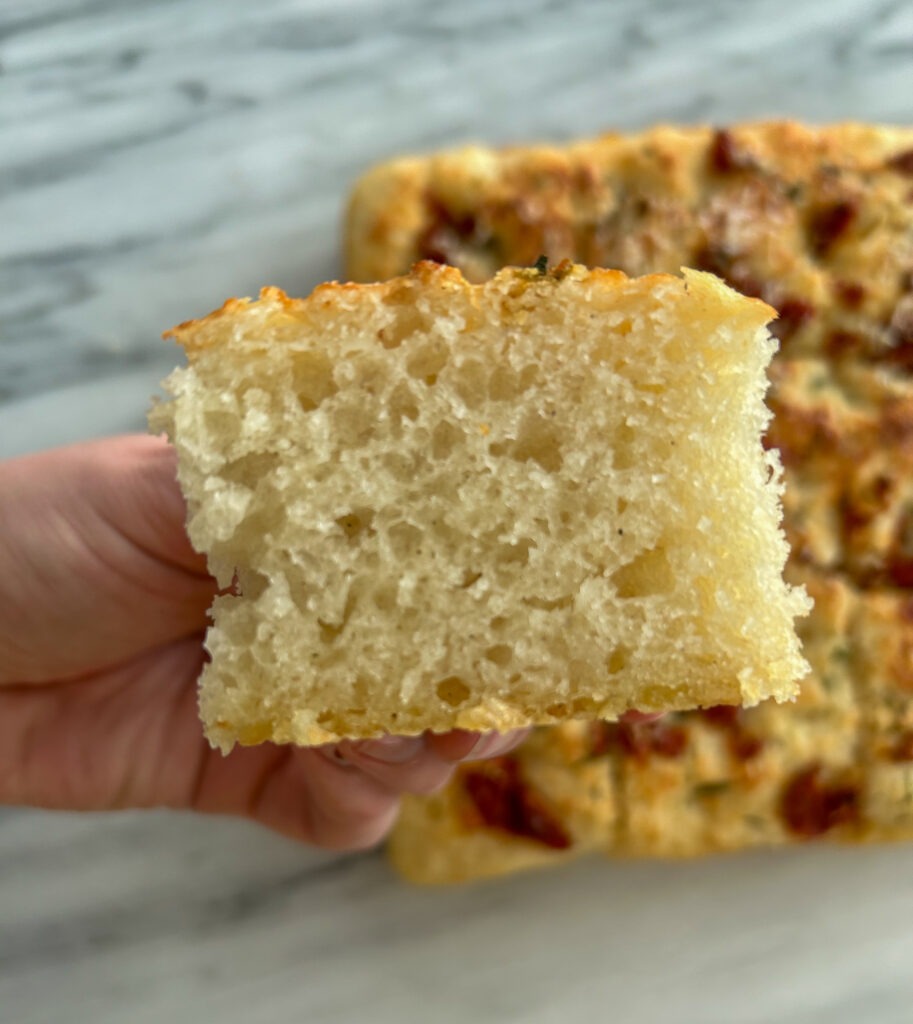
For everyday baking—like cakes, cookies, muffins, and bars—I love using a high-quality pre-made gluten free flour blend. It saves time, gives consistent results, and makes the process so much easier. But for more delicate or specialized recipes, like croissants or rustic breads, I take a different approach. For bread, I prefer to make my own blend. I can get that light texture and those beautiful air pockets. And when it comes to gluten free pastry, I like to use a de-glutenized wheat starch flour that gives me that structure and flaky finish.
In this post, I’m sharing the flours and gluten free blends I reach for most often. Especially the commercial options available here in Canada—and how I choose the right one for each kind of recipe.
Everyday Gluten Free Flour
Over the years, I’ve tested countless gluten free flours. Always on the hunt for one that delivered great results with consistency—especially for my everyday baking. I needed something that worked well in cakes, cookies, bars, and other simple bakes. It was a huge bonus if I could buy it in bulk since I go through a lot of flour in my kitchen.

Bob’s Red Mill 1-1 Gluten Free Flour
The first blend I truly fell in love with was Bob’s Red Mill 1-to-1 Gluten Free Baking Flour (the one in the blue bag). It’s easy to use, behaves well in most traditional recipes, and gives me reliable, consistent results every time. I also love that I can order it in a 25 lb bag, which makes it convenient and cost-effective for frequent baking.
Ardent Mills Gluten Free Flour
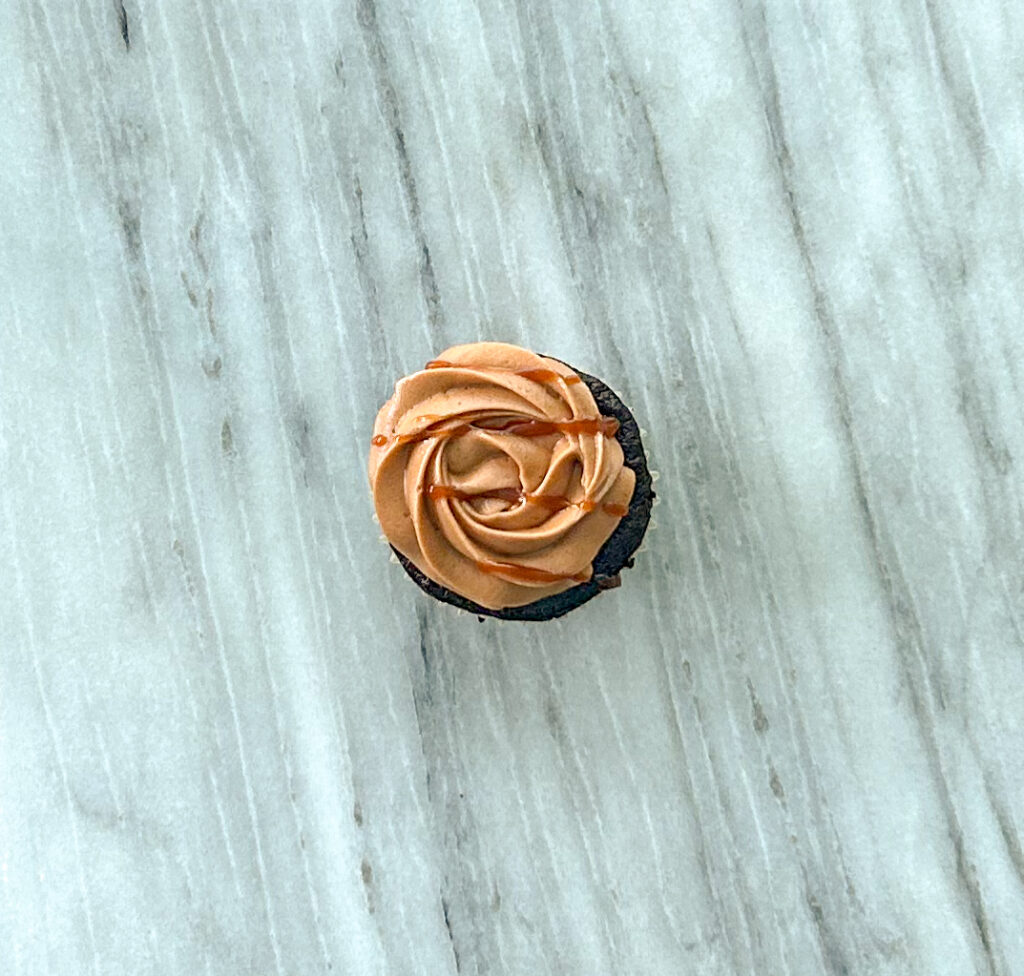
Later, I discovered Ardent Mills Gluten Free Flour, which I found at the Costco Business Centre (you can check out more of my gluten free Costco finds, here). It only comes in a 25 lb bag, but that worked perfectly for me. It performs almost identically to Bob’s 1-to-1, is also a cup-for-cup blend, and gives me the same dependable results—but at a significantly lower price point. Now, I alternate between the two depending on what I have on hand. All of my recipes on the blog have been tested with both, so you can feel confident using either one in your own kitchen.
Pastry gluten free flour
Caputo Gluten Free Flour

When it comes to gluten free pastry, not all flours are created equal. For delicate, flaky recipes like croissants or puff pastry, I reach for Caputo Gluten Free Flour. It’s made with de-glutenized wheat starch, which is celiac-safe and certified gluten free, yet behaves in a way that’s remarkably close to traditional wheat flour. The texture of the flour itself is ultra-fine—almost like cornstarch—which helps create those tender, flaky layers that are so hard to achieve in gluten free baking.
Caputo has become my go-to for pastries, homemade pasta, and pizza dough, and I sometimes use it for light, airy breads like focaccia when I want a soft interior with a golden, crisp crust. The dough is surprisingly easy to work with. It stretches, rolls, and shapes more like regular wheat dough, making it ideal for recipes that need a bit of flexibility. The downside of this flour is it has difficulty browning. One way around this is to brush it with an egg yolk before baking (if it’s bread or pastry).
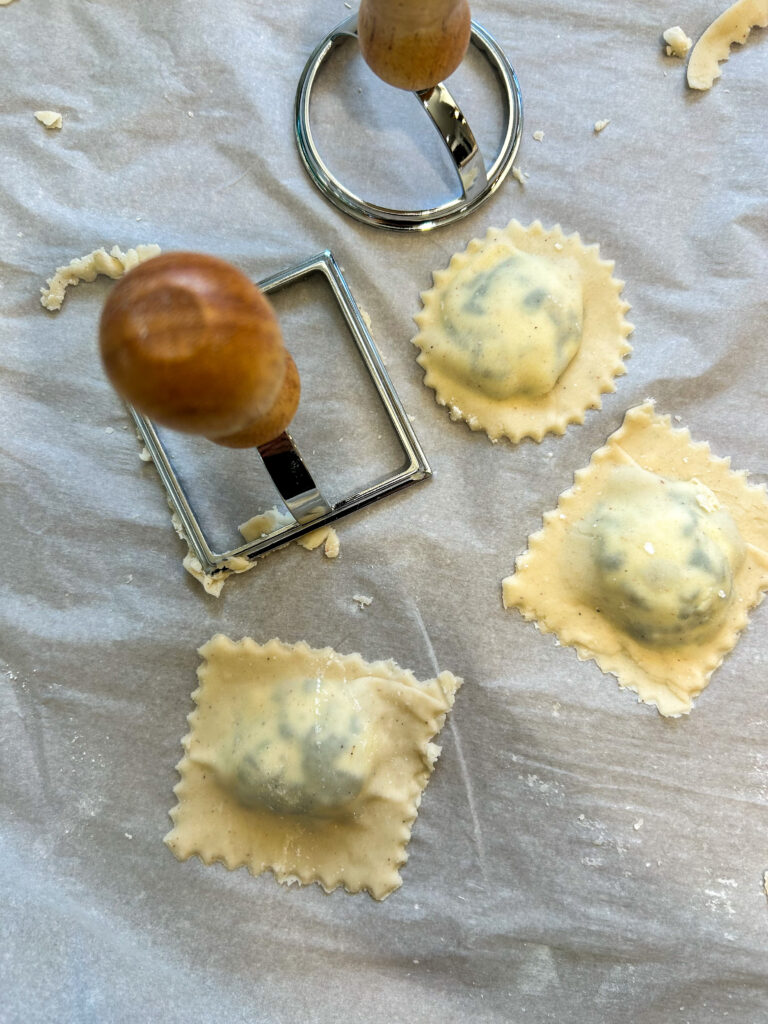
This isn’t a flour I use for everything—it’s more of a specialty blend. But when I need that perfect balance of structure and tenderness, Caputo delivers every time. If you’re serious about gluten free pastry or looking to recreate those classic textures you’ve been missing, I highly recommend keeping a bag of this in your pantry.
Where do you buy Caputo Gluten Free Flour?
I buy this flour locally at an Italian grocery store. Sometimes it is in the 1KG bags, or sometimes you can get lucky and get the 5KG bags. Another place to get it from is Amazon. But depending on where you are it might be worth it to make a trip to an Italian grocery store.
Bread Flour
I’ve said it before, and I’ll say it again: in gluten free baking, your flour is a tool—and like any good tool, it needs to match the job. One blend can’t do it all, and expecting it to is where many bakers (including me, once!) run into frustration. That’s why I use different flours for different recipes, based on the texture and structure I’m trying to achieve.
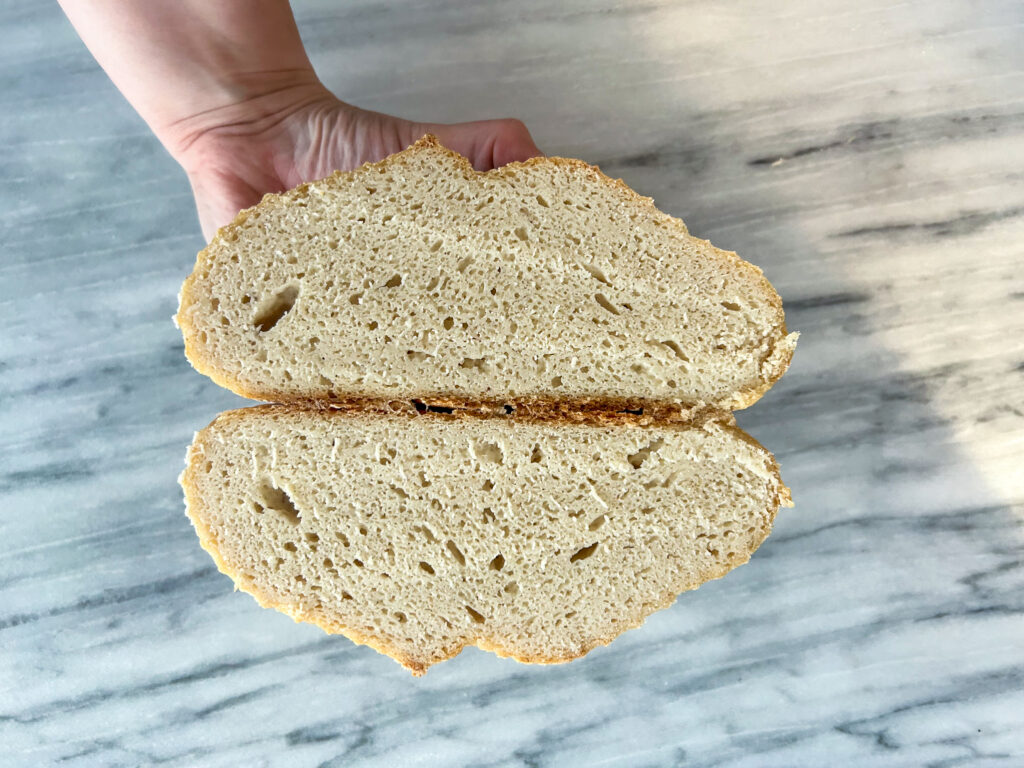
When I’m baking artisan breads like baguettes or sourdough, I don’t rely on a pre-made blend. Instead, I create my own mix of gluten free flours and starches. This gives me full control over the final texture. I can adjust the starch content to make the crumb lighter and airier. Or tweak the hydration to encourage bigger bubbles and a thinner crust. Bread baking—especially in gluten free form—needs a more customized approach than cakes or cookies. It’s one of the few categories where I feel like you really benefit from building your own blend from scratch.
Which gluten free flour is right for me?
At the end of the day, there’s no one-size-fits-all flour when it comes to gluten free baking. Just like any good recipe, it’s about choosing the right tools for the job. I rely on pre-made blends like Bob’s Red Mill or Ardent Mills for everyday baking. Caputo Flour for flaky pastries and pasta, and custom flour blends for artisan breads where texture and structure really matter. Understanding how and when to use each type of flour has completely changed the way I bake. I hope this guide helps you feel more confident in your own gluten free kitchen. Happy baking!


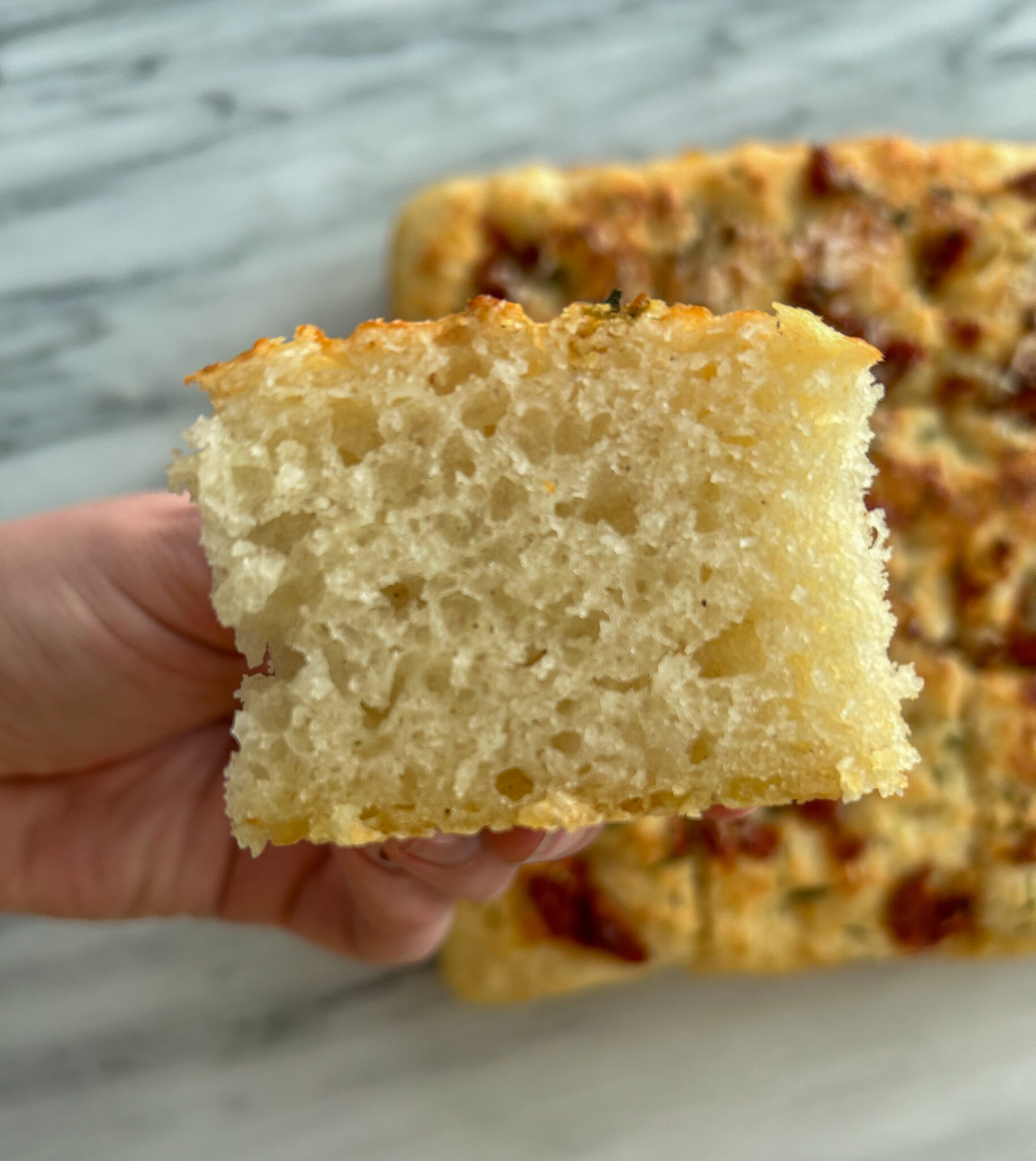
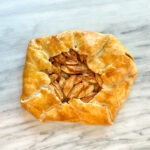

1 Comment
Pingback: Your Top Gluten Free Baking Questions—Answered! Recipe - Laura Bakes Gluten Free